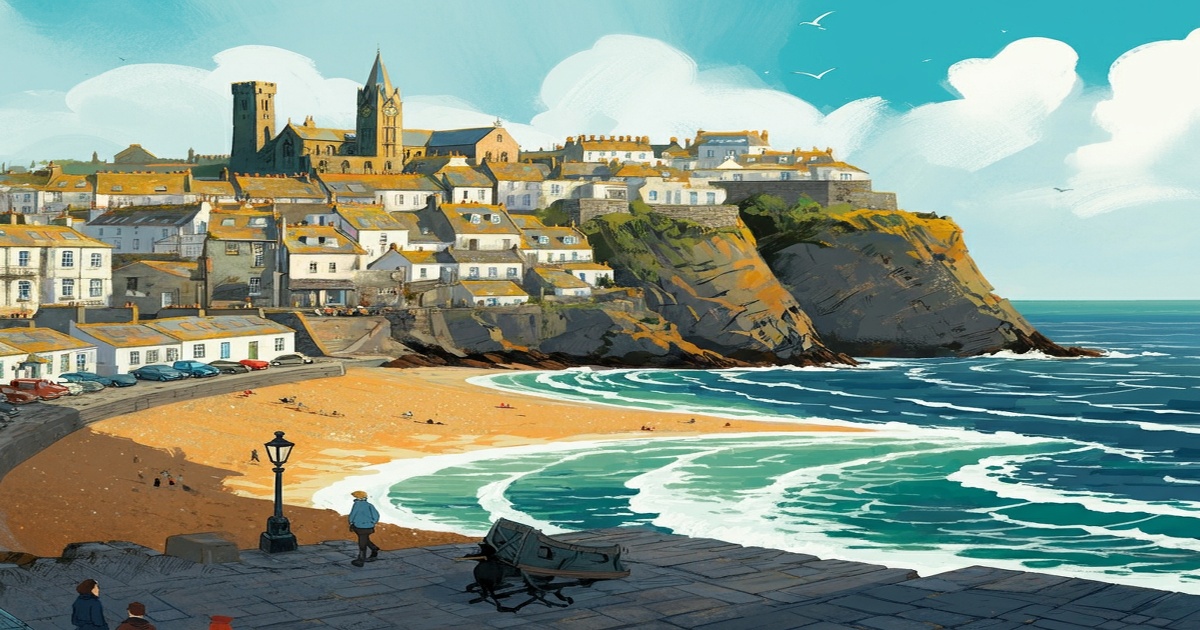The charming seaside town of St Ives, celebrated for its golden beaches, vibrant harbour, and lively arts scene, is grappling with the negative effects of excessive tourism and the rise of second-home ownership. Once a beloved destination for many holidaymakers, the town is becoming increasingly difficult for locals to navigate as home prices and local service costs rise sharply. With a population of just under 11,000, St Ives experiences a significant influx of visitors that overwhelms its infrastructure and disrupts essential services, placing immense pressure on roads, waste management, and public amenities.
Resident Michael Bird shed light on the situation, noting the transformative impact that overtourism has had on community life. He highlighted the unsustainable burden on locals, particularly those struggling to find affordable long-term rentals, which makes it hard to engage in enjoyable local dining experiences that have now become prohibitively expensive. The town's residents have previously voted in favor of a "principal residence" policy aimed at regulating second home ownership, with a significant majority of over 80% supporting this initiative in a 2016 referendum.
Local voices like Ben Hodgkinson emphasize that addressing the housing affordability crisis is more pressing than ever. He pointed out that while tourism is crucial for the local economy, it often drives prices upward, making it challenging for many residents to remain in the area they love. Despite ongoing efforts by Cornwall to tackle the adverse effects of second-home ownership, the challenge remains present and complicated. An example of this tension surfaced when Councillor Andrew Mitchell expressed outrage over a developer's attempt to exploit legal loopholes to convert an aparthotel into private apartments, leading to the loss of affordable housing for the St Ives community. His strong remarks underscored the critical need for accountability in the face of these pressing issues.







0 Comments